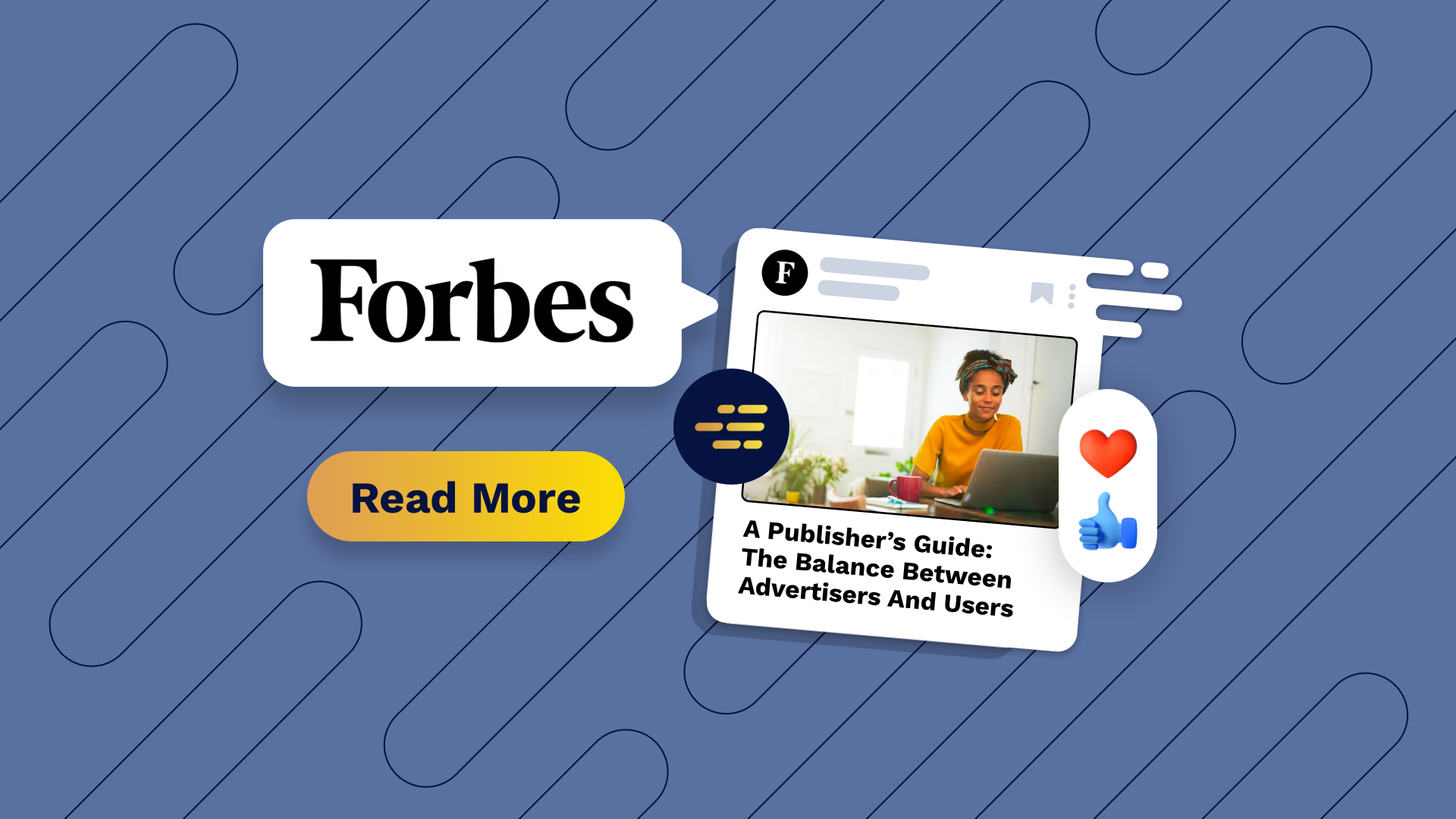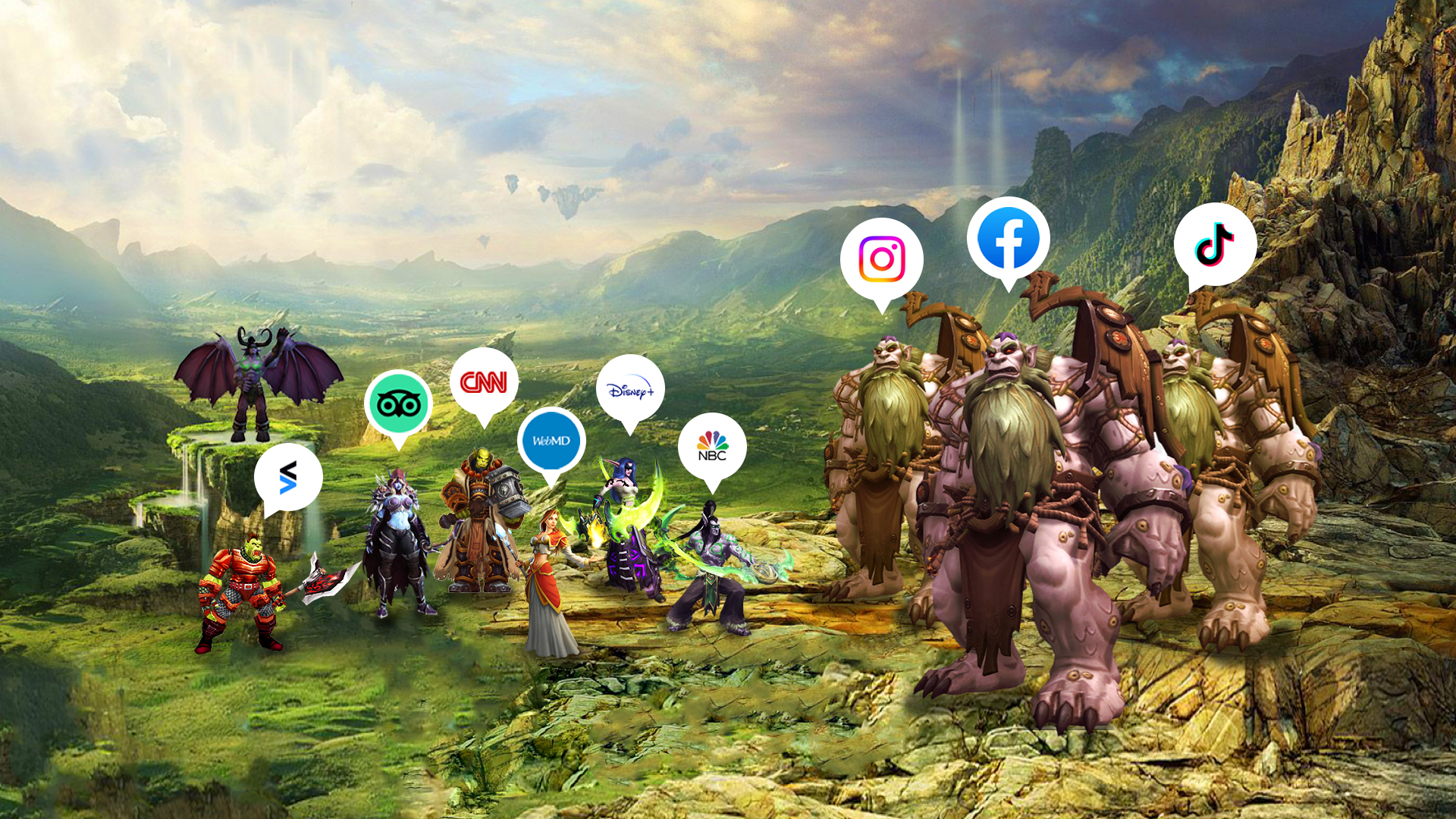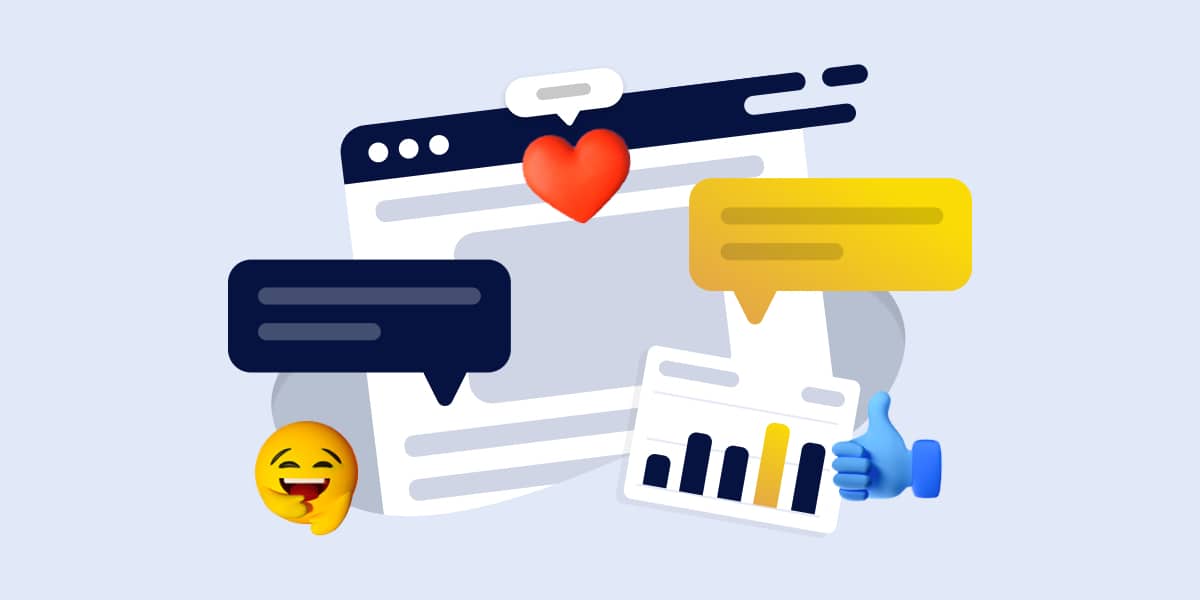A Publisher’s Guide: The Balance Between Advertisers And Users
May 2023

Maintaining a successful publishing business can sometimes be a balancing act. At times, it can be tricky to accommodate the needs of both users and advertisers alike without weighing too heavily on either side. The goal: Find a middle ground by keeping users engaged with great content while satisfying advertisers and generating sufficient revenue.
For instance, a publisher wouldn’t want too many ads populating their pages. Even though it may be ideal for their advertisers and creates potential revenue opportunities, it ultimately hinders the user experience. And what is a page without users to engage? Those crowded pages negatively impact the user, causing the reader to “jump” and avoid returning to the site altogether.
On the other hand, a publisher also wouldn’t want to minimize ads and revenue opportunities unnecessarily either. It affects the bottom line of the business’ sustainability and its advertising partnerships.
As you can tell, the clear objective is to overcome this balancing act and find a middle ground between these two key components to ensure ongoing digital success. In this article, we’ll explore how to achieve this.
Never Neglect The Page Loading Speed
Fifty-three percent of users leave the page or “jump” if it takes more than 30 seconds to load. Therefore, publishers should aim for 30 to 60 seconds of uninterrupted content before presenting text, image or video ads. This approach actually benefits the revenue metrics for the publisher because it provides an ideal reading experience for their audiences resulting in longer engagement periods.
In addition to this, publishers also need to be mindful of the number of ad units or demand partners because an excessive amount of ad calls from the user’s browser can also affect the page-loading speeds. It’s crucial to resolve slow-loading pages and work with your ad monetization partner to reduce the number of ad calls and optimize Core Web Vitals.
It’s important to remember that adding numerous demand partners to your inventory won’t necessarily increase your revenue. Instead, your ad monetization partner should select five to 10 high-bidding demand partners and focus on competing with them for impressions. By doing so, you can effectively generate revenue and user engagement.
One Impactful Interruption For Advertisers And Smooth UX For Readers
Try one impactful interruption per reader session, such as an interstitial, hovering ad or video ad. This veers well with advertising partners because it allows them to be clearly seen and have higher chances for engagement. Multiple interruptions can take away from intended advertising opportunities, as well as disrupt the reader’s experience—being perceived as intrusive. Align this with the 30- to 60-second suggestion mentioned previously, and you’ll be on your way to effectively balancing those two key components.
Also, try to avoid overlapping ads and time your refresh ads to every 30 seconds. Anything more frequent can be interruptive and lead to the unnecessary depletion of advertisers’ budgets.
Lastly, limit the amount of video ad calls to one per page and steer clear of cluttered distractions, which can result in the reader not engaging at all. Following these guidelines can provide publishers with that tricky but imperative middle ground between generating revenue and maintaining a positive user experience.
Make Ad Interruptions Engaging
Strategies surrounding ad placement are also vital to maintaining balance. One suggestion, use heatmap tools to identify high-engagement areas where users spend most of their time and correspond with clicks. Position ad units in these specific areas for better viewability.
In addition to these ad placements, publishers can create high-engagement sections by incorporating interactive features like comment sections, polls, trivia, or message boards. These sections can be optimized with ad units for more significant revenue.
(We, at Insticator, believe that the Future of Social Media is Distributed. Every publisher has the capability to build their platform like any other social media platform to keep their audience engaged and ad revenue increasing. There are two engagement solutions we suggest: our Content Engagement Units and Commenting Sections so that published can unlock their true potential.)
These engagement sections are particularly effective for publishers who design their content to incorporate communities for their users. As for other publishers, the goal for balancing the two key components is the same, just the type of engagement products and how they are integrated may vary. Ultimately, for all publishers, the goal is to execute the balance needed and find a middle ground by keeping users engaged with great content while satisfying advertisers and generating sufficient revenue.
(Originally published on Forbes.)

Written by
Jenni Silva-Dunne, Head of Content & Project Operations, Insticator


